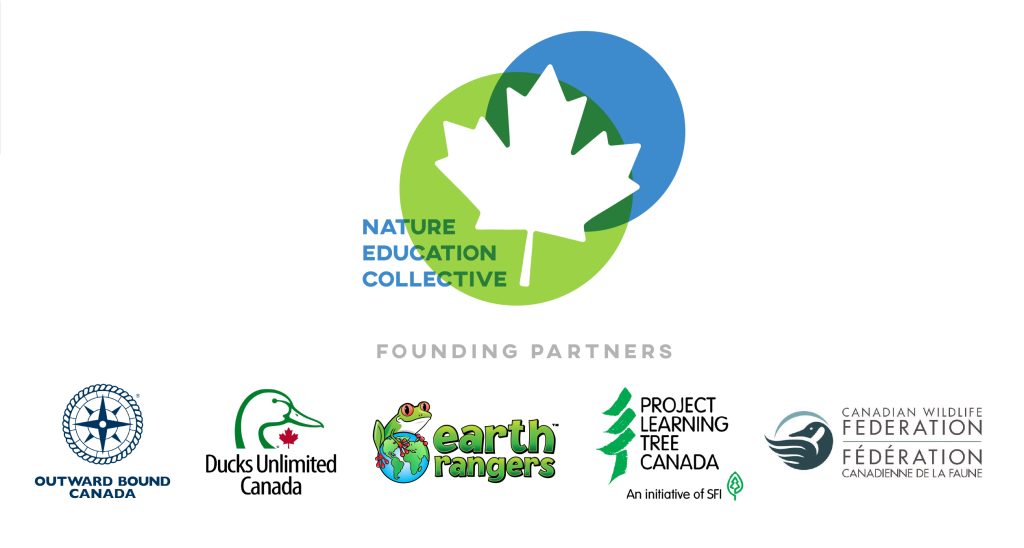In this game students are hungry leatherback turtles looking for food in the ocean. At the end of the game, they discover that some of that “food” is actually plastic garbage!
The purpose of the game is to provoke student inquiry and investigation into how plastic garbage ends up in the environment, why animals eat it, how it affects them, and how we can all help keep plastic out of the environment

Grade level: K-3
Learning Objectives:
– Recognize that plastic can impact animals in the environment
– Formulate suggestions of how to protect animals
In this activity, students will:
– Become aware of how plastic ends up in the environment
– Learn why animals eat it and how it affects them
– Reflect on ways to keep plastic out of the environment
Materials:
– 3 different-coloured tokens or small squares of cardstock (about 100 for a class of 20). One colour represents a plastic bag, one a plastic balloon and one a jellyfish.
– Props for post-game debrief: a plastic bag, a balloon, a picture of a jellyfish, or pictures of these (see Resources, below)
– Materials to record brainstorming
Leatherback Turtles are the largest reptile in the world. Unfortunately, their population has decreased by 70% worldwide in the past 15 years and are classified as an endangered species in Canada. Pollution in the ocean has played a major role in this situation. One of the main food sources of Leatherback Turtles is jellyfish and they can easily confuse floating plastic bags with jellyfish.
In this game, Students “swim” around the playing area collecting different coloured tokens which correspond to different sources of food. Once all the food has been collected, they will learn what they have eaten and reflect on how our plastic habits have an influence on the environment and what we can do to help.
Set up:
In a large playing area:
• Mark off a space as home base
• Ask helpers to spread the tokens or cards widely spaced within the determined playing area
Instructions
1. Ask students if they have heard of leatherback turtles. Explain that they are the largest reptile in the world and that they live in the ocean.
2. Explain the rules of the game: Tell the students that they are going to be hungry leatherback turtles, and the tokens or cards represent items they can eat.
3. Demonstrate how to “swim” through the playing area (moving slowly and moving their arms as if swimming). Explain that—unlike real leatherbacks—the students will be collecting their food, rather than eating it right away; however, just like real leatherbacks, they won’t be colliding with each other!
4. Explain that once they have 5 items, it is time to swim to home base. The game will end when there is nothing left – even if not everyone has 5 items.
5. Play the game.
6. When all have returned to home base, ask students to sort their tokens or cards by colour.
Results and Discussion
Following the game, referring to the props, reveal what the different colours/cards represent. Ask students if there is anyone who didn’t eat any plastic. Explain to students that sea turtles typically eat jellyfish, and items like plastic bags and balloons can often look like jellyfish floating in the water. The turtles may ingest these items, and they take up space in their stomach, making them feel full without providing any actual nutrients. It can also block their digestive system, which can be fatal because the turtle can no longer feed properly.
As a class, or in groups, list:
1. Feelings, Thoughts, and Questions provoked by the game
2. How to find answers to these questions
3. How to prevent plastics from entering the environment
4. How to share your learning with others (some ideas below)
Next step
Select a way to share your learning and allow your students to educate those around them on how to take care of our natural environment.
Ideas for sharing learning
Pick one or several messages (depending on the size of the class):
- Why we should never release balloons into the sky
- Why we should be REJECTING single-use plastics whenever possible (see Resources)
- How we can keep plastics out of the environment
- Why we should organize community litter clean-ups
- How the plastics we buy can end up in the environment, even if we don’t litter (see Resources)
Pick an Audience:
- another class or classes
- whole school
- school community
- family
- friends
- political leaders
- business owners
- social media
- newspapers
Pick a Medium
- slideshow
- 1-minute video
- infomercial
- skit
- series of tableaux
- posters
- song
- picture book
- letter
- game
Resources
Leatherback Sea Turtle (Hinterland Who’s Who)
Species at risk in Atlantic Canada – Leatherback Sea Turtle (Canadian Science and Technology Museum)
The Leatherback Turtle, an Endangered Species (Government of Canada)
The Problem with Ocean Plastic (Canadian Geographic) This 2-minute animated video explains how plastics in the ocean harm animals.
CBC Kids: Single-Use Plastic, Microplastics: (CBC)This 5-minute video, narrated by a teenager, describes what single-use plastics are, which ones Canada is preparing to ban, and some environmental problems caused by single-use plastics and microplastics.
The Canadian Wildlife Federation, our Nature Education Collective partner, offers a more in-depth game about the many challenges facing turtles through their life cycle called “Turtle Hurdles” in the Project WILD manual.

